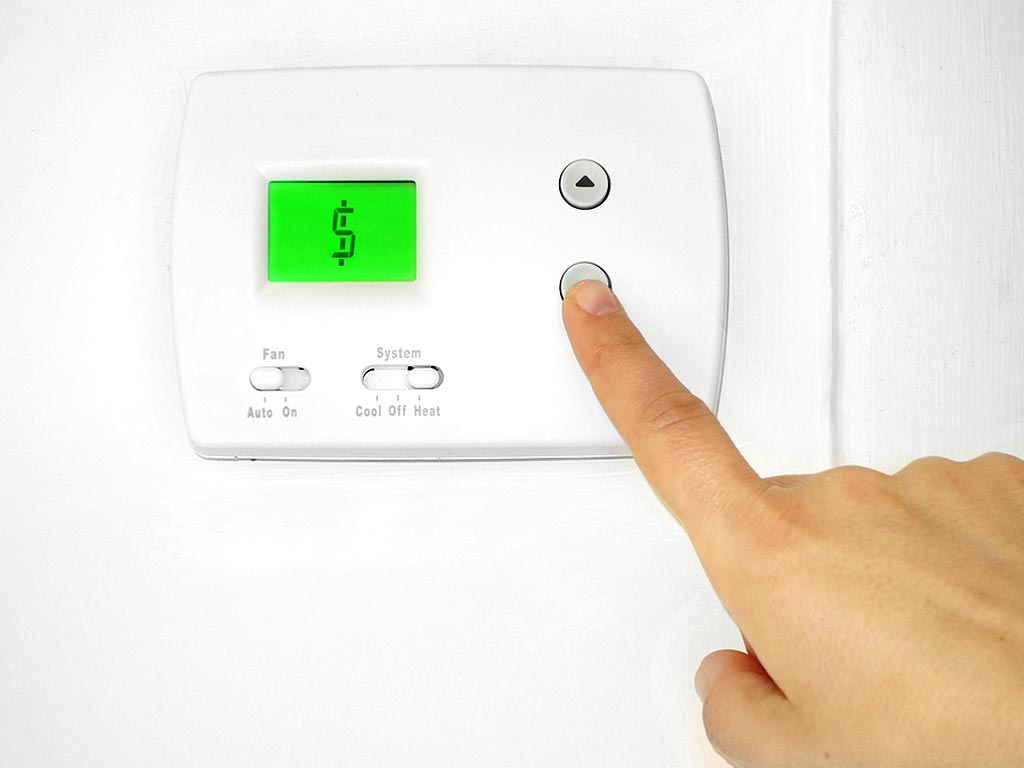Did you know that home automation can help keep heating bill costs down? During this year’s incredible deep winter freeze, everyone is thinking about their heating bill. Has old HVAC systems work hard to keep the insides of buildings warm against the encroaching chill, most families and businesses have simply accepted that it’s going to cost more to stay warm this year as they crank up the thermostat and hang heavy curtains to try and keep the cold from pouring in through the windows. However, what many people don’t realize is that with a few available upgrades, their homes could be significantly more heat efficient without having to crack open the walls and install more insulation. The recent innovations in home automation are the key.

While it’s important to keep your house warm this winter, one of the biggest costs in terms of heating energy use is inefficiency. There are probably rooms in your home going unused that don’t need to be heated and times of day where no one is using the home, and you can turn down the steady flow of comforting warm air. It’s hard to remember to adjust the thermostat every time the situation changes, and that is where automation comes in.
Schedule Your Smart Thermostat
The first step is a smart thermostat, more intelligent and responsive than your old-fashioned programmable but not-very-smart thermostat. The thing that makes this upgrade smarter is a wifi connection to your home automation hub, something that can allow you to not only program the times of day you want the thermostat to switch modes like while you’re at work or sleeping, but also take voice and mobile app commands to make the switch quickly and easily. Heading out on a long errand and don’t remember to change the thermostat until you’re buckling into the car? No problem, just flip out your phone and use the app to drop the house temperature by 15 degrees. For even greater convenience, set the temp back up on your way home, so the house is toasty warm again by the time you open the front door.
Smart Vents and Draft Stoppers
How many rooms in your home go mostly unused? What about during certain hours of the day? The fact of the matter is that there’s no need to waste your heating unit’s efforts on empty rooms where no one will appreciate the heat. While you can go from room to room flipping vents open and close as needed, this is fairly tedious, and no one wants to be the one with freezing fingers when opening a vent back up. The natural solution is smart vent covers that take their cue, once again, from a mobile app. This allows you to dynamically choose which rooms are ‘active’ and close them off when unused or warm them up a few minutes before they’ll be needed.
Of course, one cold room can also create a terrible source of cold drafts that will escape as the cold air falls and slips under the door, so it’s best to combine your smart vents with a few draft stoppers, strips of stuffed fabric that fit under your door to prevent drafts.
Local Temp Sensors for Responsive Heating
If you want to get really high-tech, we suggest you put a smart temperature sensor in every room with a smart vent and pair them. The sensor will act as a mini-thermostat, and when the room is sufficiently warm, it will close the vent and open it again when the room cools below the set temp. This not only helps you regulate your home’s temperature from room to room, but it can also fix that common problem of one room in the house always being much hotter or colder than the others due to a not-quite-even distribution of HVAC air flow through the ducts.
Door and Window Sensors
Finally, there’s no way to keep your home efficiently warm if doors and windows are cracked, and the air leak is undetected. Not only should you install more weatherstripping and make sure your double-panes are still sealed and gas-insulated, but you should also consider door and window sensors. While these are usually considered a security feature, they can also tell you if an outer door, the door to the freezing garage, or one of the windows is cracked and leaking all your warm air out.
With home temperature control automation, you should be able to start strategically heating your home only as much as it needs to stay comfortable. No more choosing between sweating and freezing, no more heating rooms you’re not using, and no more accidentally leaving the temp up when you head out to work. For more home heating tips or with help keeping heating bill costs down, contact Kew Forest Plumbing today.










